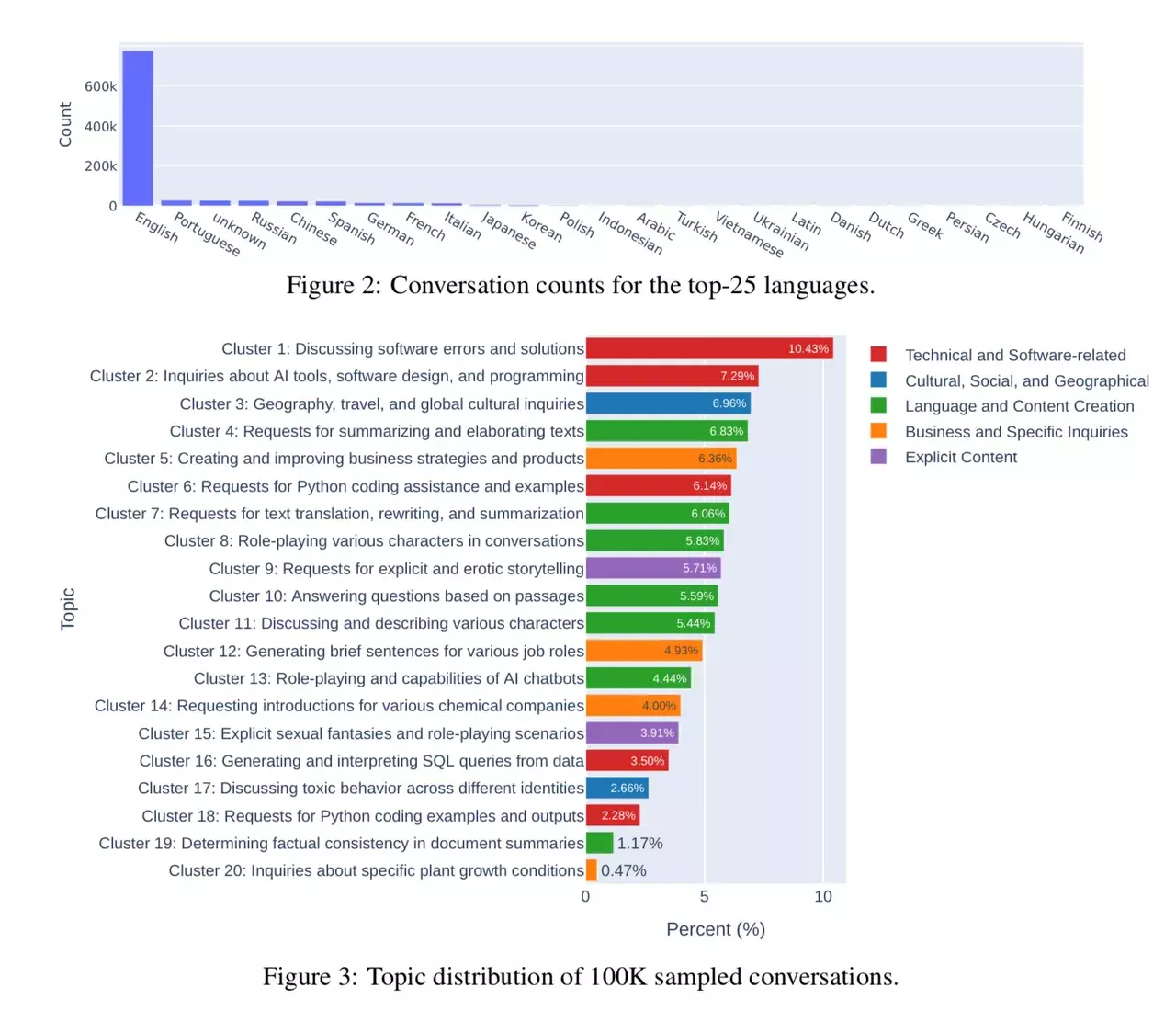rufus
I think what you mean is compound words vs other words?
Wikipedia says there are lots of compound words in English.
Plaintiff is borrowed from Old French. Litigation from Latin...
I suppose it boils down to when and under what circumstances a term was needed to describe something. Sometimes there was a word from another language available. Or the whole subject came from a different culture. And sometimes they just described it with a compound of what it resembles. And how to make up terms probably also depends on what is en vogue at the time.
My summary is oversimplified. I still think it's the correct answer to OP's question: is there physical evidence. Because there isn't anything physical. But there are written records from a bit later, suggesting that somebody with that name must have existed. Glad someone else thinks I picked the correct article. Seems it's not that easy to find good information. The English speaking internet is filled with low quality efforts to portray the facts in a way they'd like to have them.
I have a few good books though. Back when I was young (and became an atheist,) I used to read a lot about philosophy, the political message of the New Testament. And what life was like in that time.
Agree. But that specific article seems pretty alright. Also talks about the relics and history records for example by Tacitus.
There also is a Wikipedia article which I think is not written that well. And a lot of education material by churches or religious organizations which I did not cite for obvious reasons.
(And the German Wikipedia article about sources for the historicity of Jesus seems very good. But it's not exactly OP's question and I don't know if it helps: https://de.wikipedia.org/wiki/Au%C3%9Ferchristliche_antike_Quellen_zu_Jesus_von_Nazaret )
https://www.history.com/news/was-jesus-real-historical-evidence
Tl;dr: No.
My opinion: It's a nice story. And with stories the most important thing is what it teaches us or makes us feel. Not that it's true. Maybe they took inspiration from several preaching hippies who lived back then and made one story out of that. Exaggerated everything and made stuff up. Probably all of it because the bible was't even written close to his supposed lifetime. It'd be like you now writing a story about a dude who died in ~~1870~~. Without any previous records to get information from. [Edit: The first things have probably been written down like 40-50 years after his death.]
And I mean if Jesus existed, he would certainly disapprove of what people do (and did) in his name.
American values aren't important to them. They want different things. A strong leader, be heard, simple truths and/or some people below them to hate and pick on.
Ah. maybe hand it over to the next person? I suppose people still need to switch painlessly? But I get it. We used to host lots of stuff in my university years. A forum, chat, classifieds, filesharing... A big photo album for all our pictures and events... As far as I know all of that has gone. Either due to lack of interest or nobody was able and willing to pick it up.
There are some blog posts on annas-blog.org from 2022, talking about IPFS.
The article doesn't talk much at all about all the interesting technical details.
The press release talks about trouble with payment providers... So I suppose they accepted credit card payment.
Maybe the court documents are publicly available if anyone is willing to dig them up in order to find out... I don't think I'm that interested. If it's a good story, maybe someone will do a documentery or podcast episode at some point. Would probably do for a "true crime" show.
Didn't Finland have an entire culture of doing spoofs on old German shit, like TV series? I've seen Die Kühe and I think it's absolutely awesome. (The Dutch also did a good impression in Jiskefet.)
And I remember watching / listening to lots of M. A. Numminen. Not sure if that's just the stuff that found its way back to Germany and me... But nonetheless...
The thing with the tv series might be a thing of the past, though. I'm not sure if anyone still remembers "Der Alte" or "Derrick". It's probably not that funny without the context. And how we watch TV has certainly changed during the last decades.

If you're interested in finding out, why don't you buy one and try for yourself? They're not that expensive (at least the non-electronic ones)... I hear some people like it. And I mean if you're not fond of the current situation, you should switch up things and try something different anyways.
(Edit: I'd get a cheap one, see if I like it and the either throw it in the trash or have learned something and then decide if I want some $250 device with all the bells and whistles and buttplug.io integration. But YMMV on that.)